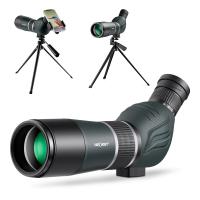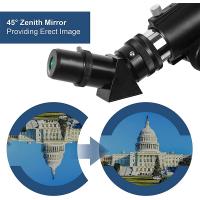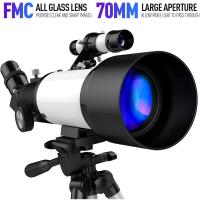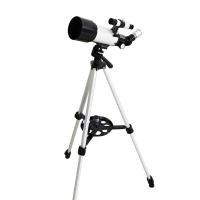How Many Telescopes In Space?
The exploration of space has always fascinated humanity, and one of the most significant tools in this endeavor is the space telescope. These instruments have revolutionized our understanding of the universe, providing unprecedented views of distant galaxies, nebulae, and other celestial phenomena. In this article, we will delve into the various space telescopes that have been launched, their purposes, and the impact they have had on astronomy and our comprehension of the cosmos.
The Pioneers: Early Space Telescopes
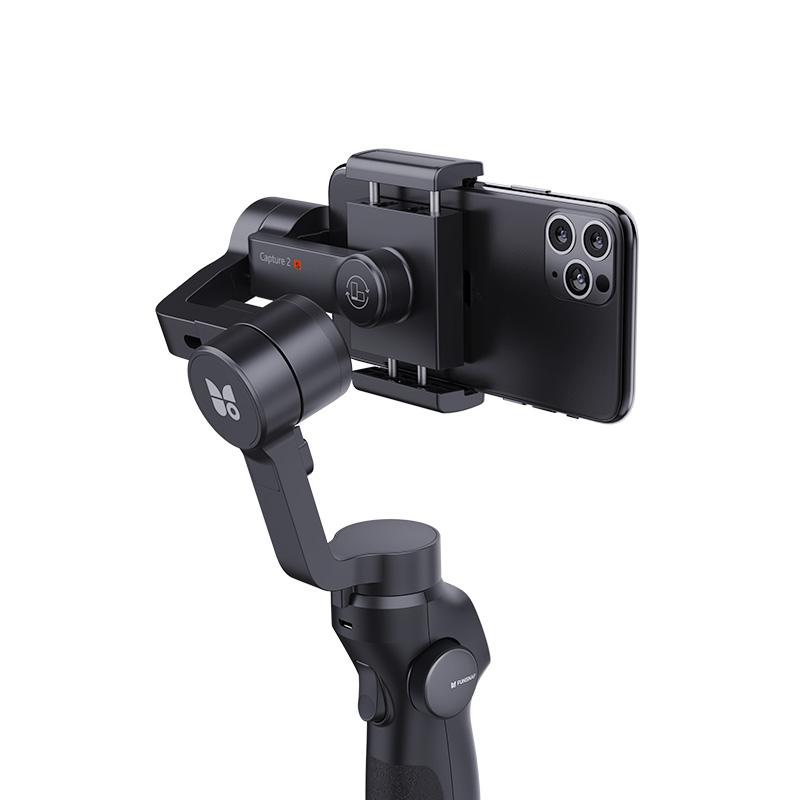
The concept of placing telescopes in space dates back to the mid-20th century. The primary motivation was to overcome the limitations imposed by Earth's atmosphere, which distorts and absorbs light, thereby reducing the clarity and range of ground-based observations. The first successful space telescope was the Orbiting Astronomical Observatory (OAO), launched by NASA in the 1960s. OAO-2, launched in 1968, was the first to provide significant scientific data, observing ultraviolet light from stars and galaxies.
Following OAO-2, several other early space telescopes were launched, including the International Ultraviolet Explorer (IUE) in 1978, which was a collaborative effort between NASA, the European Space Agency (ESA), and the United Kingdom. IUE provided valuable ultraviolet spectra of stars, galaxies, and quasars for nearly two decades.
The Hubble Space Telescope: A Game Changer
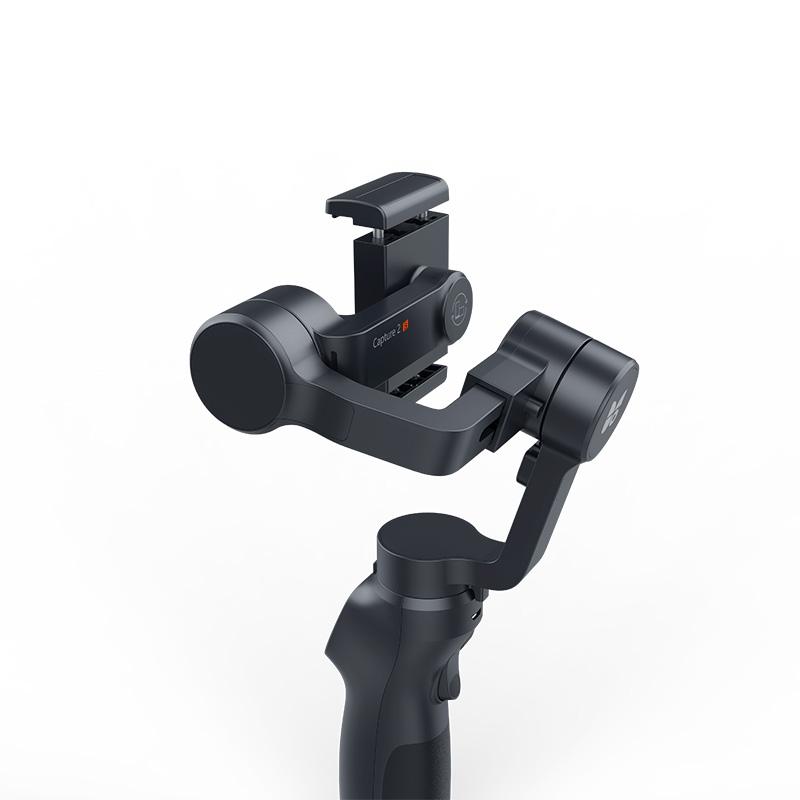
Arguably the most famous space telescope is the Hubble Space Telescope (HST), launched in 1990. Hubble has provided some of the most detailed and stunning images of the universe ever captured. Its observations have led to numerous groundbreaking discoveries, such as the precise rate of the universe's expansion, the existence of dark energy, and detailed views of distant galaxies and nebulae.
Hubble's success can be attributed to its location above Earth's atmosphere, which allows it to capture images with unparalleled clarity. Additionally, its suite of instruments, including cameras and spectrographs, has enabled it to observe a wide range of wavelengths, from ultraviolet to near-infrared.
Expanding the Spectrum: Infrared and X-ray Telescopes

While Hubble has been instrumental in optical and ultraviolet astronomy, other space telescopes have been designed to observe different parts of the electromagnetic spectrum. For instance, the Spitzer Space Telescope, launched in 2003, was designed to observe the universe in infrared light. Spitzer has provided insights into the formation of stars and planets, the structure of galaxies, and the presence of exoplanets.
Similarly, the Chandra X-ray Observatory, launched in 1999, has been crucial for X-ray astronomy. Chandra has observed high-energy phenomena such as black holes, neutron stars, and supernova remnants, providing a deeper understanding of these extreme environments.
The Next Generation: James Webb Space Telescope and Beyond

The James Webb Space Telescope (JWST), set to launch in the near future, represents the next generation of space telescopes. JWST is designed to observe the universe in infrared light, with a primary mirror significantly larger than Hubble's. This will allow it to capture even more detailed images and observe objects that are too faint or distant for Hubble to detect.
JWST aims to study the formation of stars and galaxies in the early universe, the atmospheres of exoplanets, and the potential for life beyond our solar system. Its advanced technology and capabilities are expected to revolutionize our understanding of the cosmos.
Other Notable Space Telescopes
In addition to the aforementioned telescopes, several other space-based observatories have made significant contributions to astronomy. The Kepler Space Telescope, launched in 2009, was designed to search for exoplanets by monitoring the brightness of stars. Kepler's discoveries have vastly increased the number of known exoplanets and provided valuable data on their characteristics.
The Fermi Gamma-ray Space Telescope, launched in 2008, has been instrumental in studying gamma-ray bursts, pulsars, and other high-energy phenomena. Its observations have expanded our knowledge of the most energetic events in the universe.
The Impact of Space Telescopes on Astronomy
The contributions of space telescopes to astronomy cannot be overstated. By observing the universe from above Earth's atmosphere, these instruments have provided clearer and more detailed images than ever before. They have enabled astronomers to study a wide range of phenomena, from the formation of stars and galaxies to the behavior of black holes and the search for exoplanets.
Space telescopes have also played a crucial role in advancing our understanding of fundamental questions about the universe. For example, Hubble's observations of distant supernovae provided evidence for the accelerating expansion of the universe, leading to the discovery of dark energy. Similarly, the study of cosmic microwave background radiation by the Wilkinson Microwave Anisotropy Probe (WMAP) has provided insights into the early universe and the nature of dark matter.
Challenges and Future Prospects
Despite their successes, space telescopes face several challenges. The harsh environment of space, including radiation and micrometeoroids, can damage sensitive instruments. Additionally, the high cost and complexity of launching and maintaining space telescopes pose significant hurdles.
However, advancements in technology and international collaboration continue to drive the development of new space telescopes. Projects such as the European Space Agency's Euclid mission, designed to study dark energy and dark matter, and the Wide Field Infrared Survey Telescope (WFIRST), aimed at exploring exoplanets and the structure of the universe, promise to further our understanding of the cosmos.
Space telescopes have revolutionized our understanding of the universe, providing unprecedented views of celestial phenomena and leading to numerous groundbreaking discoveries. From the early days of the Orbiting Astronomical Observatory to the upcoming launch of the James Webb Space Telescope, these instruments have expanded our knowledge of the cosmos and answered fundamental questions about our place in the universe.
As technology continues to advance and new missions are launched, the future of space telescopes looks promising. These instruments will undoubtedly continue to play a crucial role in our quest to explore and understand the universe, pushing the boundaries of human knowledge and inspiring future generations of astronomers and scientists.










